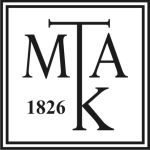A magyar nőmozgalmak erőfeszítései a leány és nőkereskedelem visszaszorítása érdekében a 20. század elején
DOI:
https://doi.org/10.15170/DIKE.2018.02.02.06Kulcsszavak:
female rights, servants, prostitution, woman trade, women's movementsAbsztrakt
By the middle of the 19th century, the social conflicts related to women’s status became intense since female rights remained unsettled. Concomitant phenomena, such as the hopeless situation of the servants and the phenomenon of prostitution increased to an alarming extent. Although, people already realized in the 18th Century that venereal diseases affected the health negatively, the number of the prostitutes increased significantly in the second part of the 19th Century. In spite of the fact that the regulation concerning the subject was prohibited early in the 19th Century, by the end of the Century, a whole industry developed around it. Not subject to question that white slave trade was the most dangerous crime among the ones linked with prostitution. Until 1908, the Hungarian Criminal Code did not order to punish this act at all and harlots were excluded from the protection provided by criminal law even after the modification of the law in 1908, because according to the actual public opinion, in the case of harlots, there were no values to defend. In the 20th Century, both women activists and the members of the International Agreement signed in Paris in 1910 were working hard to find a solution for the problem. It seems that the actual political power did not make any real efforts to change the situation and it stayed the same until the end of the studied era.
Downloads
Megjelent
Hogyan kell idézni
Folyóirat szám
Rovat
License
Open Access politika: A folyóirat nyílt és korlátlan hozzáférést biztosít a tartalmához. Bárki jogosult a közzétett tartalmak letöltésére, felhasználására, nyomtatására, terjesztésére és/vagy másolására a nemzetközileg elfogadott tudományetikai normáknak megfelelően.
A folyóirat (Kiadó) szabadon elérhetővé és letölthetővé teszi a cikkeket saját hivatalos, kiadói honlapján, időbeli korlátozás nélkül. A cikk első közzétételének joga kizárólagosan a Kiadót illeti. A Szerző elfogadja, hogy a Kiadó a cikket oly módon teszi közzé, hogy a cikk felhasználási jogaira bármely harmadik fél számára az első közzétételt követően a Creative Commons Attribution-NonCommercial-SharAlike 4.0 (CC-BY-NC-SA 4.0) licenc feltételek az irányadók. A Kiadó e licensz keretében átalakíthatja a cikket tetszőleges elektronikus formátumba, a cikket számítógéppel vagy elektronikus adathordozóra másolhatja. A Kiadó a cikk közlési és felhasználási jogát megoszthatja bármely harmadik féllel, illetőleg e jogokat bármely harmadik féllel közösen gyakorolhatja. A Kiadó a Szerző nevében felléphet a cikkel kapcsolatos jogsértések, jogtalan felhasználás és szellemi tulajdon sérelmét jelentő magatartások esetén. Gyakorolhatja mindazon jogokat, amelyeket a fent megjelölt „CC BY NC SA 4.0” licenc feltételek lehetővé tesznek harmadik felek számára.










